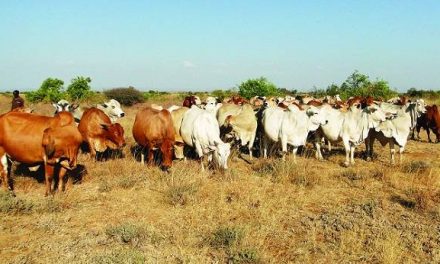
Okapuka feedlot reopens for now
In the aftermath of the crippling drought, the Meat Corporation of Namibia has been left with little choice but to temporarily reopen its flagship Okapuka Feedlot, the corporation said in a statement this week.
“The [Meatco] Board, with due cognisance of the serious and crippling impact a closed feedlot will have on the business as a going concern, the farmers, producers and the local meat industry, regional and international markets, with due consideration off all the risks and facts from our management, Directorate of Veterinary Services and their counterpart DG Sante within the European Union, has adopted an approach to resolve same in a structured, responsible, unfettered and professional manner, Meatco said this week.
Consultations between the Directorate of Veterinary Services and Meatco led to the temporary reopening of the feedlot on 30 September 2016.
Said Meatco, “we confirm that consultations are ongoing daily and we are confident that the matter will be resolved urgently, the imposed conditions lifted and the product cleared for European Union and International marketing.”
Earlier in April this year, the Ministry of Agriculture, Water and Forestry placed the Okapuka feedlot under quarantine after Zeranol, a banned substance was detected in a sample collected from two different weaners, leading to the temporary closure of the feedlot.
The Directorate of Veterinary Services has however conducted tests on animal feed and animal urine, with the results of the tests expected by the end of this week.
Said Meatco, “the Directorate of Veterinary Services undertook to expedite same and provide screening results back by 21 October 2016. We will duly provide information to our stakeholders that Meatco did not deliberately administer Zeranol.”
The Meatco abattoir in Windhoek must slaughter about 500 animals per week to maintain optimal volumes and output. With the closure of the Okapuka feedlot some 12,000 slaughter oxen are locked in, requiring Meatco to continue feeding them. At the time, the abattoir was forfeiting the animals that normally would have gone directly from the feedlot to the abattoir. The Okapuka feedlot is a significant linkage between producers and the Windhoek abattoir.















































